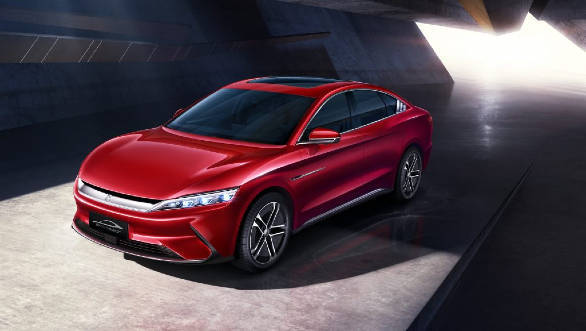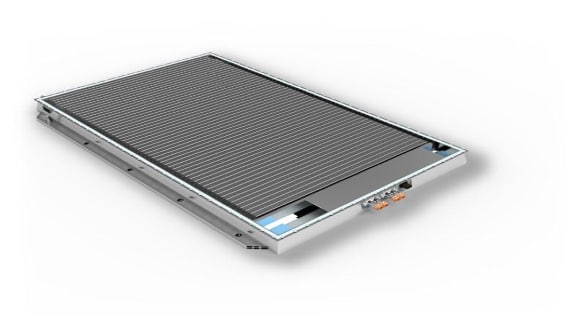BYD unveils its fire and explosion resistant Blade battery
Chinese automaker BYD recently unveiled its new Blade battery technology at an online event. The company is one of largest EV makers in the world and is also a major player in the EV battery market. The new battery will debut in the brand new flagship offering, the Han EV, in June this year. This performance sedan will rival the likes of the Tesla Model 3 with a 0 to 100 kmph time of 3.9s and a 605 km range.

The firm says that its primary focus with this new technology was to set new standards for battery safety in the EV industry. The Blade battery uses lithium iron phosphate chemistry but the architecture has been redefined to allow for big gains in safety and energy density. BYD has done this by getting rid of the the modules and beams that add stiffness to an EV battery. In place of this, the 100 battery cells have been flattened and lengthened so that they act as their own beams. This whole arrangement has then been encased in a aluminum honeycomb panel to add even more stiffness.
According to BYD's tests, this arrangement has largely controlled the risk of thermal runaway fires in Lithium-based batteries. These fires happen when a rupture or presence of foreign materials cause the chemical reactions in the cells to accelerate. This can cause the cells to reach very high temperatures of over 500°C. This is hot enough to excessively heat an adjacent cell and start a chain of fires that can spread through the battery pack.

The Blade battery overcomes this issue through its lithium iron phosphate composition. This means it needs higher much higher temperatures before it catches fire, releases heat slowly, generates very little heat and doesn't release oxygen. In tests conducted by BYD, the battery pack emitted neither smoke nor fire after being penetrated, and its surface temperature only reached 30 to 60°C. The Blade battery was also put through other extreme tests such as being crushed, bent, heated in a furnace to 300°C and overcharged by 260%. There were no fires or explosions in these scenarios.
The battery's unique structure has also made it possible to increase energy density. The cell composition of pack is now 60 per cent, against the 40 per cent of other lithium-based batteries. This means that the Blade is 50 per cent more energy dense than other batteries. Energy density is the biggest drawback of EVs when compared to IC engines, limiting range and increasing weight. IC engines are less efficient, up to 40 percent thermal efficincy for diesels against over 90 percent for electric motors, but can carry exponential more energy in a compact space.
Know more about the Chinese EV market here
-NA-
-NA-
503
660
-NA-














